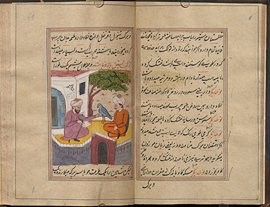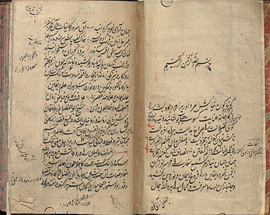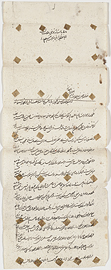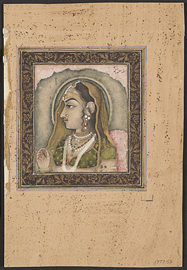The Persian language and cultural heritage were brought to the Indian Subcontinent by Muslim rulers. Persian was the official language of the Delhi Sultanate (1206 to 1526 CE) and later of the far-reaching Mughal Empire (1526 to 1857 CE). Many South Asian cultural elites adopted Persian as the language of poetry and belles-lettres and Hindu classics such as the Mahābhārata were translated into the language. The second Mughal emperor Humāyūn brought painters from the Safavid court to India, who subsequently founded the Mughal school of painting. Scholars consider the unique style developed in the Mughal ateliers to be a synthesis of Persian, Indian and European elements, the latter having been brought to the Mughal court by Jesuit missionaries. The Mughal miniature and portrait style is also known for depicting people, animals and plants with a remarkable degree of realism. Indeed, the Mughal emperors themselves, their families and courtiers were favourite subjects of Mughal painters, as were detailed scientific studies of flora and fauna. Persian remained an important administrative language during the East India Company’s early decades of encroachment on South Asia, with British officials seeking to achieve mastery of the Persian language as a means to achieving their economic and colonial objectives. English replaced Persian as the official language of British rule in 1837 CE.
Persian and Persianate Culture in South Asia






